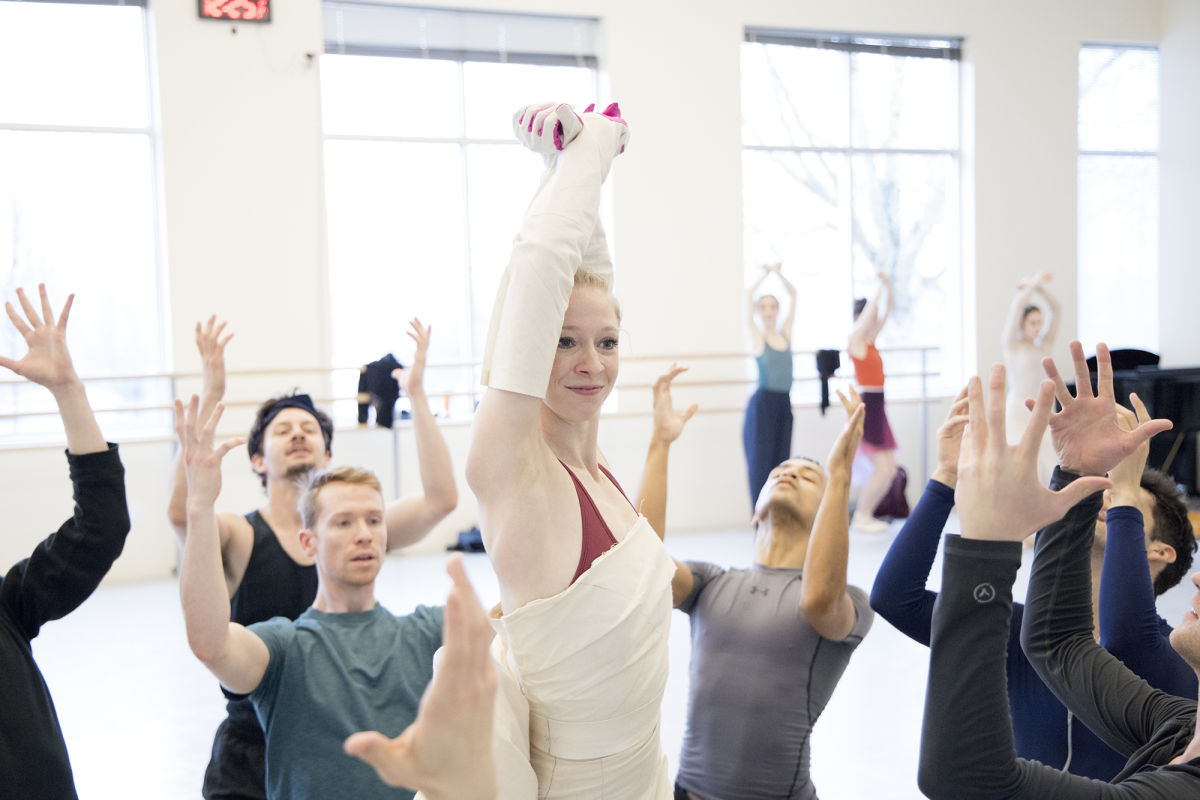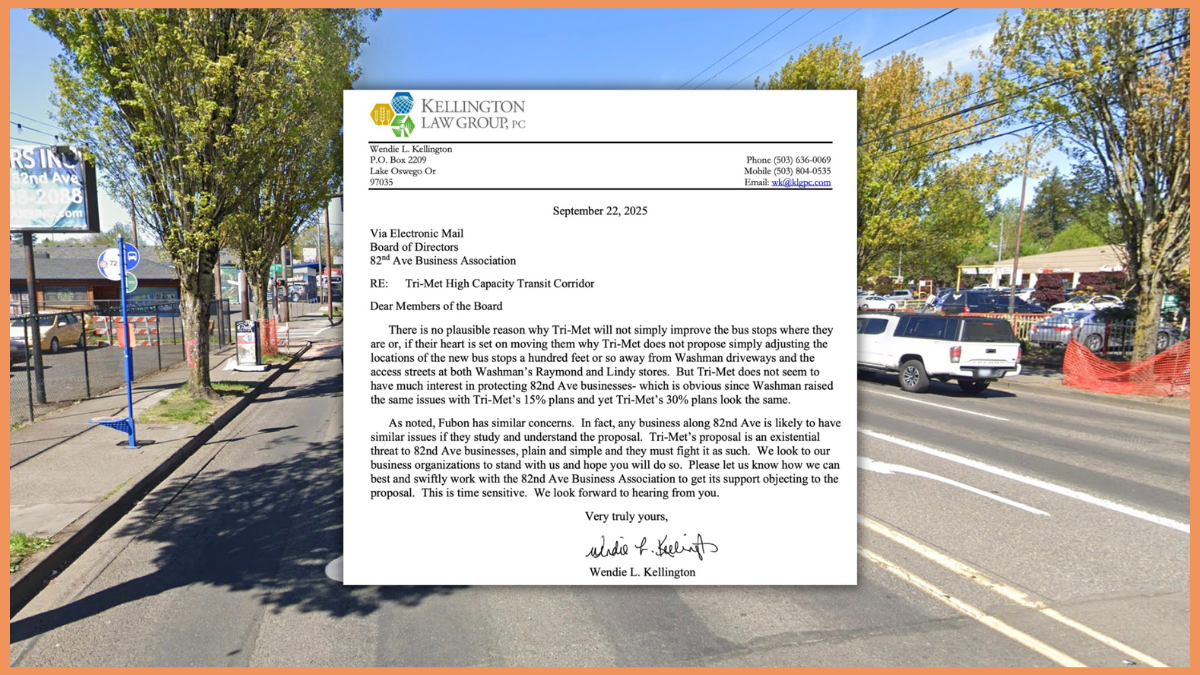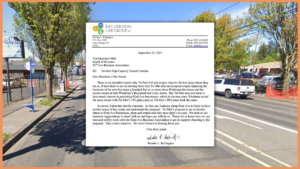Behind a World-Premiere Ballet About Marilyn Monroe, a Team of Women

Jessica Lind stars as Marilyn Monroe in Oregon Ballet Theatre’s world-premiere production of Marilyn, choreographed by OBT artistic director Dani Rowe.
You’re reading a past edition of our weekly Things to Do column, about the concerts, art shows, comedy sets, movies, readings, and plays we’re attending each week. Read the current installment. Sign up to receive it in your inbox.
When I interviewed Oregon Ballet Theatre artistic director Dani Rowe for Portland Monthly’s spring issue, she spoke about the studio as a place of collective imagination—a place where coming together means imagining together. Kids, she said, live in a space like that most of the time, and she recounted a story about one of her daughters appearing on FaceTime in a cardboard-box costume and speaking as if she were a robot. “She 100 percent believed she was a robot,” Rowe, who is Australian, told me. “I just think, Wouldn’t that be great? Like, all of a sudden, if you’re not having a great day, [it’s] like, Let me be a bird for 30 minutes.”
So it’s perhaps no surprise that I found myself absorbed by rehearsal clips for Marilyn, a full-length ballet about Marilyn Monroe, choreographed by Rowe, that OBT debuts Friday at the Newmark Theatre (April 4–13, $32+). In one clip, Rowe, her feet in neon yellow crew socks, tails OBT principal dancer Jessica Lind, who plays Monroe, and soloist Benjamin Simoens, who plays her psychoanalyst. Rowe, who spent more than a decade as a classical ballerina before making the leap to contemporary dance, watches intently, circling her arms, flexing and fluttering her fingers; at one point, she gives a crisp clap. In another video, she’s in the studio with the two OBT students who share the role of a young Norma Jeane Mortenson. As the music plays, Rowe leads the girls through the steps, providing not just counts and cues but, as a sort of mnemonic for one rapid bit of choreography, the lyrics of Chappell Roan’s “Hot to Go.” It’s a delight to witness.
The clips feel testament to Rowe’s commitment to imagination, and also to her commitment to this particular ballet, the culmination of nearly three years of development. The spark was a conversation between Rowe and good friend Emma Kingsbury, a costume and set designer, after Kim Kardashian wore a dress of Monroe’s—the crystal-studded silk gown the actor donned to serenade JFK on his 45th birthday—to the Met Gala. “Emma had some strong feelings about it,” Rowe told me. “And we were both like, We need to tell her story.” Kingsbury came on board for costume and set design (the latter in collaboration with David Finn), and Rowe also recruited Shannon Rugani, a dancer who herself jumped from classical ballet to Broadway, to compose the score.
It’s rare to see a women-led artistic project like this in the ballet industry, which, despite filling its stages and studios with women, has not put them so readily in leadership roles—and when it has, has paid them less. Rowe, who just marked two years at the helm of OBT, is the first woman in the company’s history to serve permanently as artistic director; Anne Mueller held the role on an interim basis about a dozen years ago. Only 29 percent of ballet companies worldwide are led by women artistic directors, and men predominate in choreography, too. Rugani, Marilyn’s composer, says that in her 15 years as a professional dancer and performer, she “never danced for a female choreographer and only performed to a handful of compositions by women.”
Marilyn is also OBT’s first coproduction, developed with Tulsa Ballet and BalletMet in Columbus, Ohio. The companies have shared the costs and collaborated on creative decisions, and they’ll collectively own and manage the ballet going forward. After its Portland debut, Marilyn will tour to Tulsa and Columbus—the show has been designed to travel light, with a modular set, in hopes that companies elsewhere will add it to their seasons.
The ballet will tell Monroe’s story chronologically, from her childhood in the foster care system to her celebrity breakthrough to her famous relationships with high-profile men. There will be iconic moments from film and fashion, and Rowe has drawn thematic and visual inspiration from Andy Warhol’s prints of Monroe, including works from the collection of Jordan Schnitzer. The philanthropist and developer spent time with Rowe looking closely at the prints, and he, through the Harold & Arlene Schnitzer Care Foundation, provided commission for the project.
The most recent rehearsal sizzle reel, filmed in OBT’s warehouse, twirls and soars. On the surface, the music twinkles. Underneath, a hint of menace. Stairs spin, arms thrash, paparazzi crawl. But at the end, there’s Lind as Marilyn, a serene smile on her face, aloft, handed from man to man to man, floating above them all. —Rebecca Jacobson
More Things to Do This Week
Theater The Light
Thru Apr 20 | Ellyn Bye Studio at Portland Center Stage, $25–66.50
The New York Times called Loy A. Webb’s timely 2018 play “a rom-com, a drama and very nearly a tragedy.” A picture-perfect marriage proposal quickly unspools a complex narrative that puts the #MeToo and Black Lives Matter movements in the context of individual lives. Set during the Kavanaugh hearings, the plot turns on a past sexual assault that, with its distinctly personal context, challenges the gambit of commonplace rhetorical strategies for dismissing victims’ accusations. —Matthew Trueherz
visual art G. Lewis Clevenger
Apr 3–26 | Russo Lee Gallery, FREE
Clevenger, who lives in Portland, flips regularly between abstract and representational painting. In this latest show, The Edge of Eden, cropped compositions and pointillist flourishes help combine the two. Landscapes painted from both photo reference and imagined scenes are meant to reflect “tense and uncertain times.” The Spill, for instance, renders a riverbed in a red and white mess, like swirled cherry yogurt. Though other works are more subtle. Clevenger’s unique perspective comes through strongest in three paintings of Johnson Creek. These Monet-like scenes, of the light coming off the local waterway at different times of day, give a sense of how, exactly, this moment is affecting the artist himself. —MT
BOOKS Elisa Gabbert
7–9pm Sat, Apr 5 | Bishop & Wilde, FREE
Elsewhere…
- Leah Sottile on new age cults and the quintessentially American story of the miracle cure. (Willamette Week)
- Why the Oregon Children’s Theatre is pausing programming and how to help. (Oregon ArtsWatch)
Share this content:















Post Comment